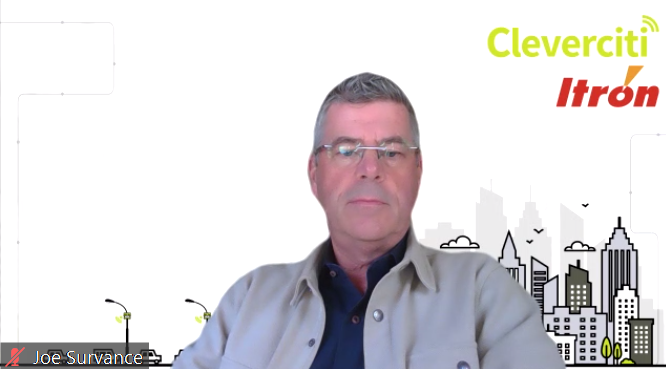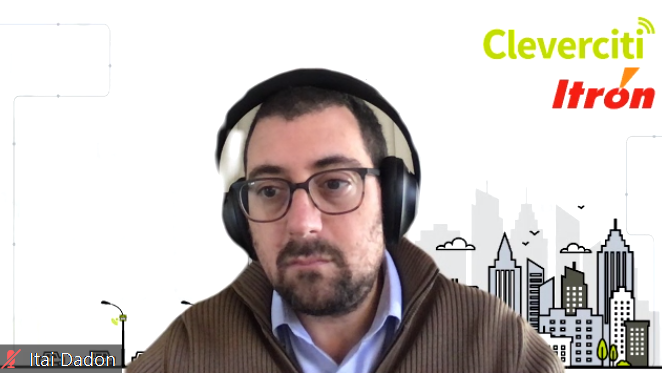Parking operator Denison Parking recently achieved a 50% increase in enforcement revenues and 10% decrease in labor costs by deploying Cleverciti’s CleverCompliance solution. The successful collection and utilization of parking data has become a key issue for all parking owners and operators today. Parking technology has come a long way in a short amount of time, and it has completely transformed and expanded opportunities to achieve nearly any goal stakeholders may have.
Quality data has quickly become the answer to many of the issues these organizations face, from increasing revenues and streamlining staffing, to reducing carbon emissions and enhancing the user experience. With the right solution in place, it is now possible to obtain truly real-time parking data (occupancy, utilization, payment compliance, etc.) from multiple parking locations simultaneously. This allows organizations to evaluate and make immediate improvements across their entire portfolio. Parking operator Denison Parking recently achieved a 50% increase in enforcement revenues and 10% decrease in labor costs by deploying Cleverciti’s CleverCompliance solution.
Like many operators, Denison Parking was looking for a more efficient way to enforce and manage their portfolio of parking lots and garages through technology. Since developing the first self-park garage in Indianapolis (only the fifth in the country) and growing to now operate more than 90,000 parking spaces across the country, Denison has cemented its legacy of innovation and thought leadership.
Inspired by a rich history of forward-thinking solutions, and the specific goal of increasing compliance and enforcement revenues, Denison engaged Cleverciti to identify a parking intelligence solution to meet the unique needs of a parking lot in the heart of downtown Indianapolis. The extremely high turnover lot provides parking for city residents and visitors to numerous destinations including events, restaurants, office buildings, and more.
The location had become difficult to enforce given an extensive range of payment options available to users including parking permits, mobile payment apps, and multi-space meters. While this setup accomplished the purpose of enhancing convenience for customers, it presented challenges to enforcement staff, requiring them to manually check each payment. Further, many parkers had taken advantage of this situation, especially during very short parking periods, allowing them to arrive and depart quickly without paying. Denison knew they were not only missing out on enforcement revenues, but also accruing unnecessary labor costs through this process.
Cleverciti worked with Denison to identify the solution that would best meet their needs. The objectives for this project were to decrease labor through automation, generate data to evaluate parking utilization, improve compliance, and obtain real-time compliance levels and alerts to automate enforcement.
Cleverciti installed two overhead, optical occupancy detection sensors to cover 69 parking spaces across the project area. The solution included Cleverciti’s space detection and management service, as well as enhanced analytics software. The Cleverciti Space Management solution monitors real-time parking occupancy, enabling Denison to gather and analyze the most accurate parking data updated every few seconds, as well as view historical data to predict and evaluate parking demand and habits to support smart parking decisions.
Denison and Cleverciti also collaborated to develop the CleverCompliance solution to provide payment compliance by space. This feature takes the occupancy data obtained through Cleverciti’s solutions and compares it to payment data from the parking meters and mobile app, revealing concrete real-time compliance data. Further, the solution also sends compliance alerts directly to parking enforcement officers, allowing them to immediately identify vehicles parked illegally or that have overstayed, and ticket them rather than sift through extensive payment information to identify violators.
The results of this project have been groundbreaking and will serve as a platform for future rollouts. Denison has identified numerous improvements to the operation at the lot including:
· 50% increase in enforcement revenues
· 10% decrease in labor costs
Prior to this project, Denison was only able to view parking lot utilization based on payments. Today, they can evaluate utilization based on occupancy, significantly improving the efficiency of the lot. This project has successfully achieved all identified objectives including streamlining enforcement, capturing lost revenues, and obtaining highly accurate and real-time utilization data. Additionally, they recently installed a new Cleverciti Sign, a fully digital dynamic messaging sign to show parking occupancy to the driver before arriving. This has been beneficial advertising the available spaces, thereby increasing utilization of the hard to see spaces at the rear of the lot.
According to Denison President Perry Griffith, III, “This partnership between Denison and Cleverciti has transformed our ability to obtain and understand parking compliance data in this key asset in our portfolio. The solutions implemented have greatly improved the ability of staff to enforce the lot, allowing us to improve compliance and identify inefficiencies. We are very pleased with the results, having increased our enforcement revenues and streamlined our operations staff so they can focus on more valuable activities like lot safety, customer service, and maintenance.”
To learn more about how Cleverciti can provide your organization with the solutions to meet your unique needs visitwww.cleverciti.com or contact Andrew LaMothe, Vice President of Sales, North America.



























































